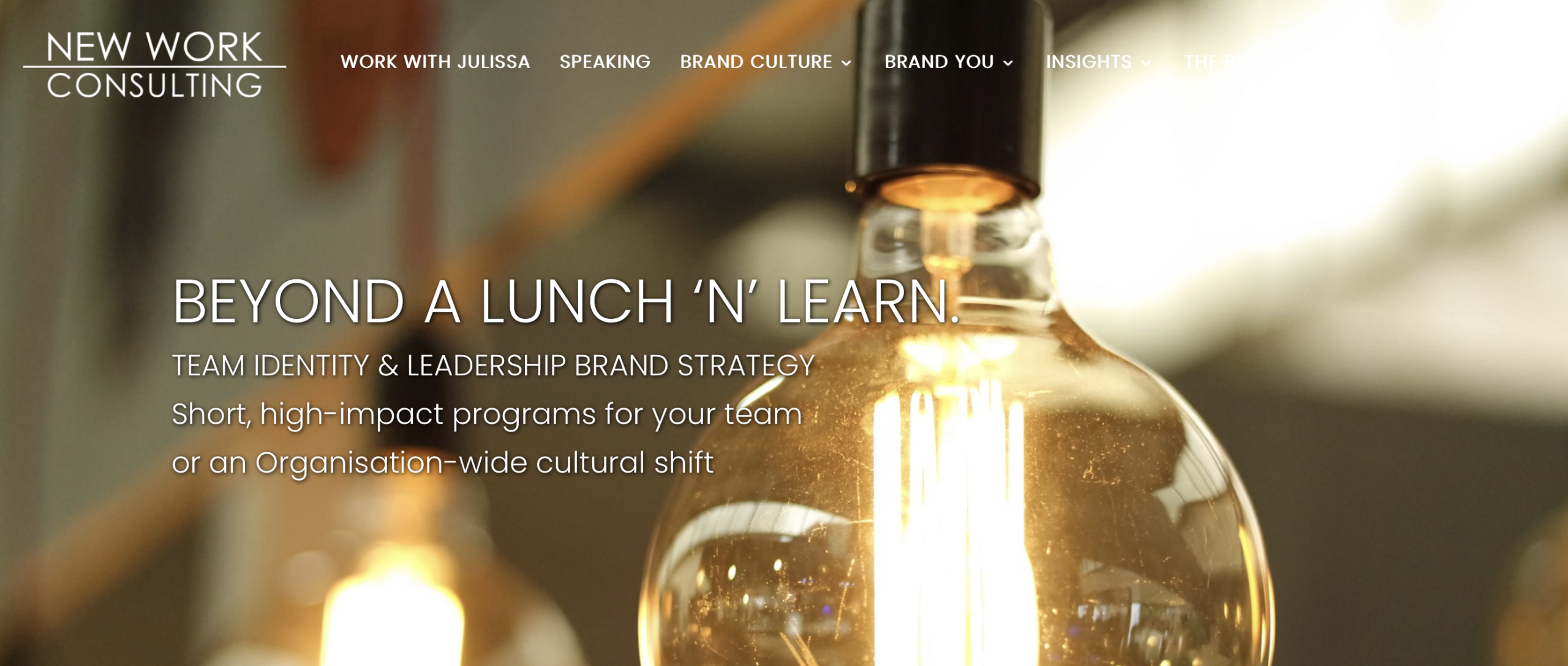Leadership Branding – Why organisations are doing this now
In today’s high-stakes environment—characterised by tighter regulation, intense competition and greater reputational risk—organisations are increasingly focusing on the visibility and clarity of their leadership.
A growing number of national companies are now deliberately developing the personal brands of their top leaders as part of broader business and cultural strategy.
Why this is on the agenda in 2025
Leaders’ personal brands are being treated as a strategic asset in response to four key business needs in 2025:
1. Trust in an age of risk: When leaders show up consistently and credibly—online and in person—it strengthens stakeholder trust and market visibility, while mitigating reputational risk. A clear, aligned leadership presence can amplify organisational messaging and reassure stakeholders.
2. Engagement through uncertainty: During change, leaders need to communicate with confidence, clarity and impact. A strong personal brand helps leaders engage their teams and stakeholders more effectively, providing stability and focus.
3. Leadership readiness: Organisations need their leaders to step into greater visibility with confidence. A structured approach to leadership brand development can fast-track personal growth and improve executive presence.
4. Strategic differentiation: In saturated or conservative markets, leadership branding helps organisations stand out. It provides a platform to communicate what makes the business—and its people—different and future-focused.
What leading companies are doing now
Rather than short-term training or isolated LinkedIn sessions, organisations are integrating leadership branding into broader leadership development frameworks. This often includes:
- A tailored program that aligns personal brand development with organisational strategy, culture, and stakeholder communication.
- A cross-functional approach that connects People & Culture, Communications, and Business Development teams.
- A deeper understanding of personal branding — not as self-promotion, but as a tool for clarity, influence and strategic visibility.
Programs are being applied in different ways, depending on strategy, scope and budget: with executive teams, in high-impact departments, or scaled across the business to build leadership capability early.
Results they’re seeing
Companies proactively developing their leaders demonstrate marked improvements in organisational performance and staff retention – this is not new and is easy to find data on. Developing leaders’ identities and how they communicate that (a.k.a. their ‘leadership brands’) is now being recognised as a tool in the organisation’s toolkit that bridges culture, HR, business development, brand and reputation management.
Organisations are reporting stronger engagement, clearer positioning of their leadership bench, and improved confidence among emerging and senior leaders. From early days in a leadership branding program, organisations start to see results through their people. Here are some real client examples:
“I’ve gone from standard ‘employee’ speak to talking about impact, targeting senior audiences.”
“Very helpful in gaining clarity on positioning; was able to get past self-promotional idea to clarify what I want to say.”
“Taking the time to consider my brand in more depth allowed me to clarify my key points of difference and where I can add value to (Company X).”
“Helped me get mentally ready for the next phase in my career.”
It is a true privilege to work in a space that supports talented people to create meaningful impact in their organisations, through developing their leadership communication.

